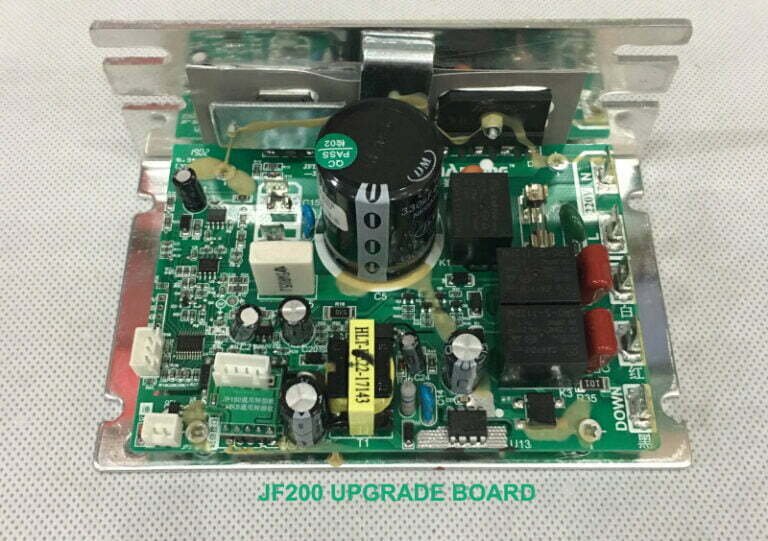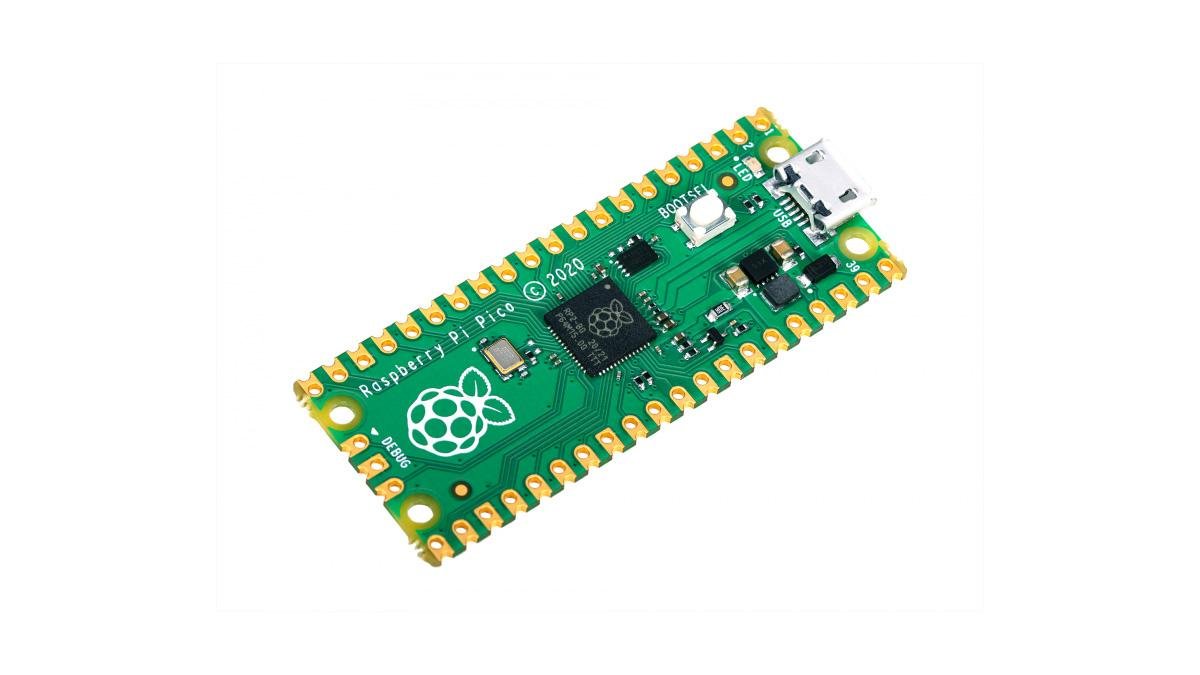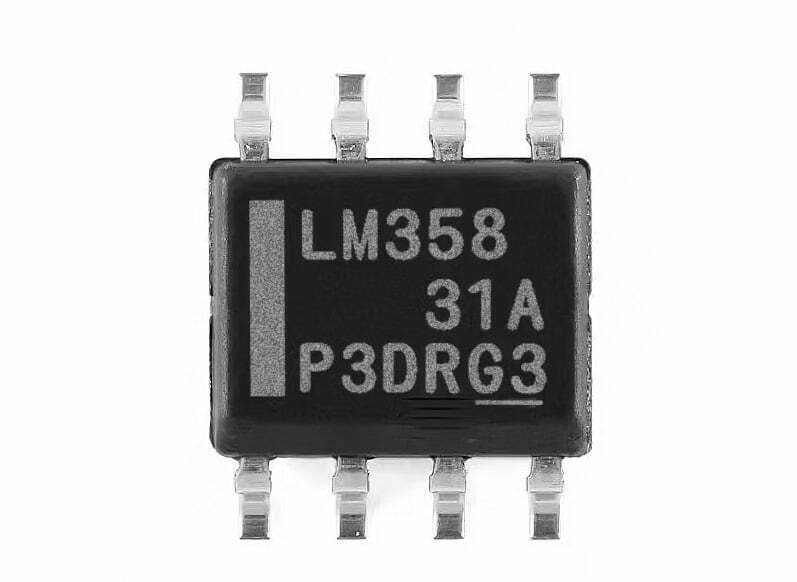Treadmill Motor Controller Introduction
A treadmill motor controller is an electronic device that is used to control the operation of an electric motor on a treadmill. It functions by using a series of switches, potentiometers, and PCB electronic components to regulate the speed, direction, and force of an electric motor. These controllers can be used to create a variety of motion profiles that can be used to adjust the speed and force of the motor depending on the intended application. For example, a controller can be used to adjust the speed of a motor to simulate walking, jogging, or running. Additionally, a controller can be used to adjust the force of the motor to create a resistance-based workout.
Features
- Sensor mode by setting;
- Minimum and maximum speed;
- Speed calibration;
- Set the output torque;
- Overcurrent and overspeed protection;
- Output short circuit or open circuit protection;
- With gradient control and gradient self-learning function.
Specification
- Size: 130mm*100mm*70mm;
- Input voltage [AC]: AC85V~255V;
- Sensor Mode: Magnetic / Light / Non-inductive [Default Non-inductive Mode];
- Slope Control: Slope range 0~15.
Treadmill Motor Control Board Schematic
The Treadmill Motor Control Board schematic outlines the components and their connections to regulate the speed and direction of a treadmill motor. It consists of power sources, the motor, the control board, the floor sensor, various electrical circuits, and connectors. The power sources provide power to the treadmill motor, while the control board uses the power to regulate the speed and direction of the treadmill. The floor sensor is used to detect the user’s feet and to adjust the speed of the motor accordingly. Finally, the various electrical circuits and connectors provide a pathway for the power to travel from the power sources to the motor and the control board.

How does treadmill work?
A treadmill is an exercise machine used for walking or running while staying in one place. It consists of a motor-driven belt that moves beneath a person’s feet, allowing them to move as if they were walking or running in a stationary position. The machine is usually equipped with a display panel that shows the user’s speed, time, and distance traveled.
The first step in understanding how a treadmill works is to understand the belt system. The belt is powered by a motor that moves it in a continuous loop around two rollers, one at the front and one at the back. When a person steps onto the belt, their feet push against it, causing the belt to move. The speed of the belt is controlled by the power output of the motor and can be adjusted by the user.
The next step in understanding how a treadmill works is understanding the console. The console is the main control panel located at the front of the treadmill and typically includes a display panel, buttons, and knobs. The display panel shows the user’s speed, time, and distance traveled. The buttons and knobs can be used to change the speed, incline, and other settings.
Finally, safety features are built into the design of the treadmill to ensure the user’s safety. The belt system is designed so that if the user trips or falls, the belt will stop moving to prevent injury. In addition, the console usually has an emergency stop button that can be pressed in case of an emergency.
How to test a treadmill motor control board?
Testing a treadmill motor control board is an important task to ensure your treadmill’s safety and performance. Below are some steps to follow to ensure that your treadmill motor control board is functioning correctly.
1. Check all the connections: Before testing the board, inspect all the electrical connections for any loose wiring. Check to make sure all the wires are securely connected to the motor control board and that the motor has been properly wired to the board.
2. Test the power supply: Use a multimeter to test the power supply. Make sure the voltage is within the expected range and that the power is returning to the control board.
3. Check the switches: Inspect the switches on the control board and make sure they are working properly. Test each switch by activating them and making sure they are working correctly.
4. Test the motor: Connect the motor to the control board and turn it on. Check the motor’s speed and make sure it is running at the desired level. If the motor is not running at the expected speed, then you may need to adjust the settings on the control board.
5. Test the safety features: Make sure all the safety features on the control board are functioning properly. This includes the emergency stop switch and the speed limit switch.
6. Calibrate the board: Once you have completed the other tests, you can calibrate the board. This involves adjusting the level of speed control and other settings on the board to ensure that the motor is running at its optimal level.
By following these steps, you can ensure that your treadmill motor control board is functioning correctly. This will help to ensure that your treadmill is safe







